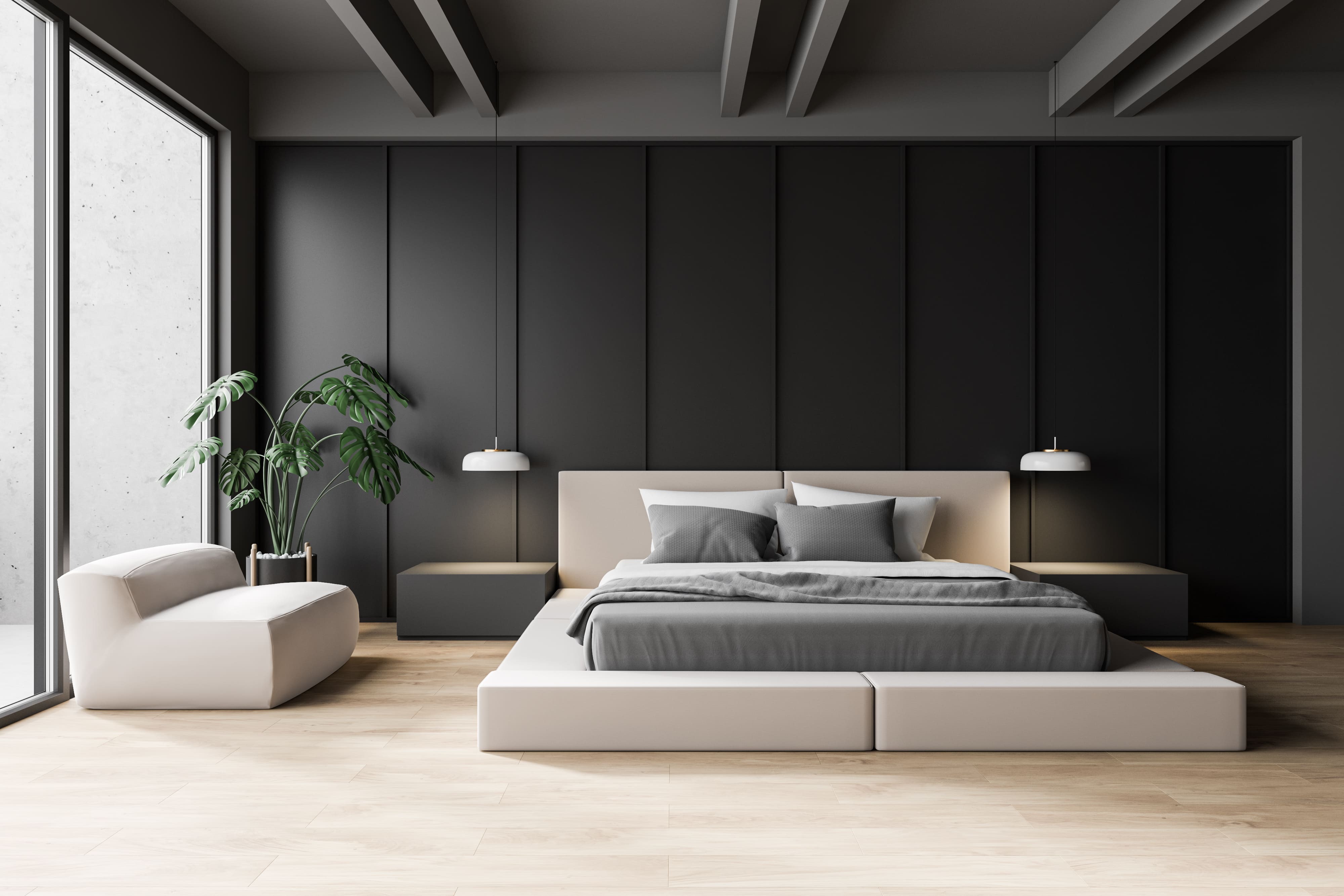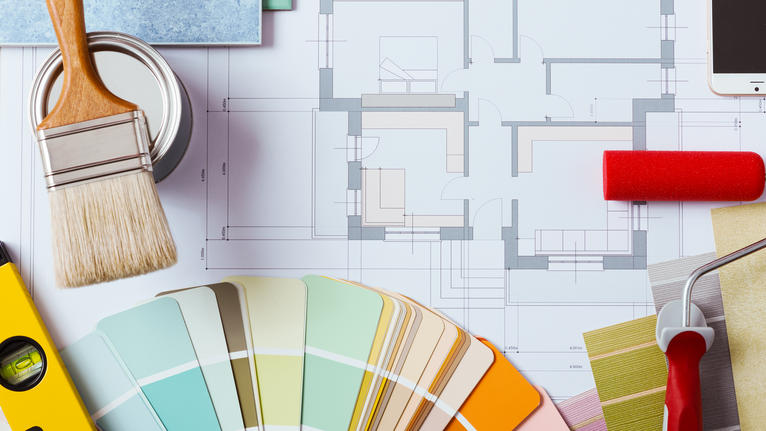Discover Cutting-edge Solutions in Interior Architecture Miami
Why Comprehending the Principles of Interior Decoration Is Essential for Effective Area Planning
Comprehending the principles of interior decoration is essential to reliable area preparation, as it lays the foundation for creating settings that harmonize performance with aesthetic charm. Essential aspects such as proportion, equilibrium, and circulation are not simply decorative factors to consider; they are vital in enhancing how a room is utilized. When these concepts are thoughtfully applied, the outcome is an atmosphere that urges both productivity and wellness. Several overlook how these ideas intertwine with functional applications, leading to missed out on possibilities in layout efficiency. Discovering this link discloses insights that could change any space.
Significance of Space Planning
Space planning is an essential element of interior design that considerably influences the capability and aesthetic appeals of a room. It entails the tactical plan of furniture, fixtures, and building components to enhance using offered space while improving the overall customer experience. Efficient space preparation addresses various variables, including circulation, availability, and the particular demands of the residents.
Among the main advantages of area preparation is its capability to boost spatial effectiveness. Interior designer Miami. By attentively organizing a design, designers can make sure that every location serves an objective, decreasing mess and advertising a sense of order. Furthermore, correct area preparation cultivates a harmonious setting, permitting seamless movement and interaction within an area
In addition, successful area preparation thinks about natural light, sightlines, and the partnership between different locations. This all natural method not just boosts the aesthetic charm yet also contributes to the health and productivity of the residents. Eventually, a well-executed room strategy is important in producing a well balanced and welcoming ambience, making it important for any type of indoor design project.
Secret Concepts of Inside Layout

One essential concept is balance, which can be balanced, unbalanced, or radial. Symmetrical balance produces a feeling of order, while unbalanced balance uses an extra vibrant visual appeal. One more crucial principle is percentage and range, ensuring that the size of furnishings and decoration elements associate sympathetically per other and the general room.
Color theory likewise plays a substantial duty, influencing mood and perception. Designers use shade combinations to stimulate certain sensations and boost the spatial experience. Additionally, the principle of rhythm includes producing a feeling of activity via repetition of patterns, colors, or shapes, guiding the eye throughout the space.
Lastly, the principle of emphasis guides interest to focal factors, allowing for a clear story within the design. Interior design studio Miami. By sticking to these vital concepts, interior developers can create environments that not only meet functional needs but additionally reverberate with the owners on a psychological level
Effect On Performance and Circulation

The plan of furniture, the selection of products, and the integration of technology all play essential duties in accomplishing optimal capability. For example, putting seating areas in proximity to workspaces can promote communication and collaboration, therefore improving productivity. In addition, making sure that pathways are clear and unhampered permits for efficient activity, decreasing blockage and promoting an all-natural flow throughout the room.
Furthermore, including elements such as lights and color can additionally aid in defining locations, making it simpler for people to navigate their setting. Thoughtful space planning takes into consideration not only the physical elements of layout however additionally how individuals connect with their surroundings. Eventually, an emphasis on functionality and flow not just boosts the user go right here experience however additionally elevates the overall efficiency of the room, creating an atmosphere that fulfills the needs of its residents while promoting a feeling of consistency and equilibrium.
Enhancing Aesthetics and Mood
Three crucial components-- color, illumination, and appearance-- play critical functions in improving the appearances and state of mind of an indoor room. Color establishes the emotional tone; warm tones like reds and oranges evoke energy and warmth, while cooler shades such as blues and greens promote peace and peace. Choosing a harmonious shade scheme can change a room, developing a natural and aesthetically attractive environment.
Texture includes depth and interest, adding to the responsive experience within a space. A mix of textures-- smooth surfaces, deluxe textiles, and all-natural products-- can produce visual intrigue and boost convenience. Coupling a soft velour sofa with a sleek glass coffee table can develop a balanced aesthetic that invites communication.
Lights, usually a neglected element, considerably impacts mood. All-natural light fosters an open, ventilated ambience, while purposefully placed fabricated lights can create warmth and highlight architectural features. Dimmer buttons enable versatility, enabling for changes to fit numerous tasks or times of day.
Incorporating these 3 elements thoughtfully not just boosts the visual charm of a room but likewise pop over to these guys grows an ambience that resonates with its designated objective, inevitably enriching the general experience for its owners.
Practical Applications in Real Life
Applying interior decoration concepts in actual life requires a thoughtful method that integrates shade, appearance, and lights into everyday spaces. By comprehending exactly how these components interact, people can produce environments that are not only visually attractive however unified and additionally useful.
For circumstances, in a small living location, employing a light color palette can make the space feel bigger and more open. Strategic use mirrors can enhance all-natural light and create an impression of deepness. Including numerous appearances via fabrics, such as paddings and carpets, can include warmth and rate of interest without overwhelming the senses.
Lighting plays a critical duty index in defining the ambience. Split illumination, including ambient, task, and accent options, permits adaptability in mood settings. In an office, for instance, a mix of natural light, desk lights, and ornamental components can improve efficiency while maintaining a welcoming setting.
Additionally, comprehending spatial relationships and furniture plan can lead to boosted performance. By adhering to concepts such as balance and proportion, one can make certain that areas serve their desired function while remaining cosmetically pleasing. In general, practical applications of indoor design concepts substantially enhance the livability and allure of any setting.
Final Thought
Finally, comprehending the principles of interior decoration is vital for effective area planning, as it promotes a balance between capability and aesthetics. By using key ideas such as percentage, color concept, and flow, designers can develop environments that improve both use and visual charm. Ultimately, this understanding adds to the development of areas that not just meet functional demands but likewise boost the overall environment, bring about more efficient and pleasurable experiences for customers.
Understanding the principles of interior layout is basic to effective space planning, as it lays the foundation for creating environments that balance functionality with aesthetic charm.Space planning is a basic facet of indoor style that dramatically influences the performance and appearances of a space. Additionally, proper area planning promotes an unified atmosphere, enabling for smooth motion and communication within an area.
In addition, the concept of rhythm entails developing a feeling of motion with repeating of patterns, forms, or shades, directing the eye throughout the space.
In conclusion, understanding the principles of interior design is crucial for effective room preparation, as it promotes a balance between functionality and visual appeals.